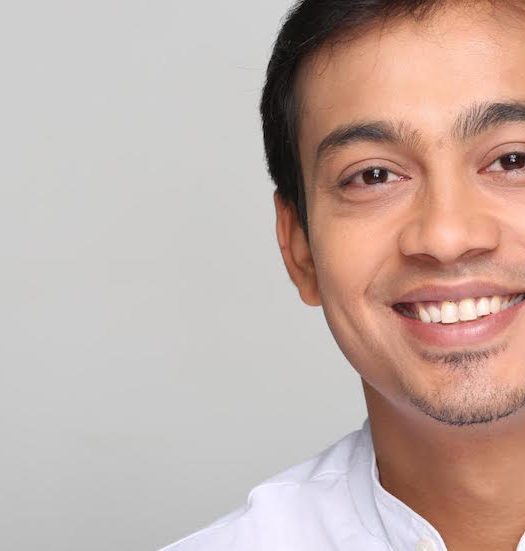I have seen only one place like Angamaly and that is Angamaly ~ Lijo Jose Pellissery
We know people who have been directly involved in conflicts like the ones depicted in the film ~ Angamaly Diaries Director, Lijo Jose Pellissery
Angamaly Diaries is a 2017 crime drama black comedy film, directed by Lijo Jose Pellissery, based in Kerala’s Angamaly town. The film follows the life of the youth in the town and has 86 newcomers and a quirky narrative style written around an adventure the protagonist and his gang undertake as they venture to try their luck in pork business. The film is a true picture of the town’s actuality. Director Lijo Jose Pellissery talks to us about distinct nuances of the film and how the region influenced the story.

Lijo Jose Pellissery
Why did you decide to base this particular story in Angamaly?
I have seen only one place like Angamaly and that is Angamaly. The kind of culture where the main business is pork and that kind of background, I have witnessed only there. During festivals twenty-thirty years back, every household put up a pork meat stall in front of their houses. So that industry was a huge reality of the place.
Angamaly has that gruesome appeal to it, it is dirty and there is this grunge. You cannot place another animal there and imagine Angamaly, because you won’t feel that dirt. If it was a chicken farming industry or a goat industry it wouldn’t seem so violent. We have kind of tried to create a parallel between the pigs in the market and what Pepe and his gang goes through.
We didn’t try to choreograph the stunts in the film.
The characters in the film have a left leaning ideologies and that is what Kerela is like. Was it a conscious decision to give the film that kind of bend?
The film is written by Chemban Vinod Jose, he is an actor and this is the first film he has written. Initially when we wrote the film, it was heavily political. It was all there in abundance. We cut down quite a bit of it. The way it was written was all from how he has experienced it while growing up. Some scenes are based on real life experiences. I wanted him to direct it, because I knew he understood it better. And the bend is the reality of the place. So it’s very realistic like that.
The fight scenes have a lot of music and they seem far less choreographed than what we are used to seeing. Could tell us a little bit about the stunt direction of the film.
We didn’t try to choreograph the stunts in the film. It was literally impossible to choreograph fight scenes like that.. we tried it but it didn’t work, it was looking really bad. So we gave the actors key points of lighting and direction and then they were told to do their part.
As a result they created a mess and it ended up looking real. People got a little hurt here and there, but it worked.
In the last segment if you look at the fight, even if you isolate one person and watch it, you’ll see that he is really fighting. There was no background, foreground, it was all over. We used around 200 locals in the film. We had to make them understand what a shoot is like because most of them had never even seen one.

A scene from Angamaly Diaries
There are various conflicts in the film and the conflicts come at various points before the interval. And then post interval is the resolution of all those conflicts. How did you manufacture these conflicts and why did you decide to divide the film that way?
First half we deal with their childhood when they don’t know where to go and what to do. We wanted to reflect how things happen in real life. How they would deal with it in real life, how their families would deal with it. A lot of the scenes are based on first hand experiences. We know people who have been directly involved in conflicts like the ones depicted in the film. So we had a clear idea of how we would graph the narrative.
Could you tell us a little bit about the subtitling process?
The subtitling was done by Vivek Ranjit. The film is very verbal. Honestly a lot of the small nuances of the language are lost in subtitling. Because the film is vastly dialogue based. I realized that we needed to cut down on the subtitles so that people are watching the film more and reading it less.
Transcribed by Divya More.
Also Read: UNION LEADER PREMIERES AT THE 48TH INTERNATIONAL FILM FESTIVAL OF INDIA.



